Hands down! Chess is indeed one of the most intellectually challenging games. After spending almost a year taking chess lessons and learning chess strategies, I am telling you this.
As Bobby Fischer says, chess is a war on board. The object is to crush the opponent’s mind. It’s a war between minds. But like every difficult art or skill, many chess tips and tricks are lying around the corner.
Only when a player gets to see them, learns them, and carries them around up in his sleeve can they truly master chess. Here are some tips and tricks for every aspiring Magnus Carlsen.
- 13 Chess Tips For Beginners
- 1. Guard the Center Lately
- 2. Use Your Pawn
- 3. Concentrate on Your Pawn
- 4. Avoid Isolated Pawns
- 5. Sacrifice Your Pawns
- 6. Be Careful with Doubled Pawns
- 7. Beware of Passed Pawns
- 8. Don’t Use Your Queen
- 9. Free Your Rooks
- 10. Don’t Overuse a Single Piece
- 11. Plan King Safety Beforehand
- 12. Use Lesser-Known Strategies and Rules
- 13. Attack in the Middlegame and Win the Endgame
- Conclusion
- FAQs
13 Chess Tips For Beginners
1. Guard the Center Lately
I have been spending a lot of time reading books and theories on opening strategies and middle games. From Giaochino Greco to Aron Nimzowitsch, I have studied many chess theorists.
And the only thing I repeatedly found in every text and theory is–to hold the center. If you intend to maintain control over the board and predict your opponent’s moves, you must learn how to guard the center.
That is why chess players learn Queen’s Gambit Declined strategies before finishing their study on Queen’s Gambit. Nobody wants to lose control, not even when you’re playing Black.
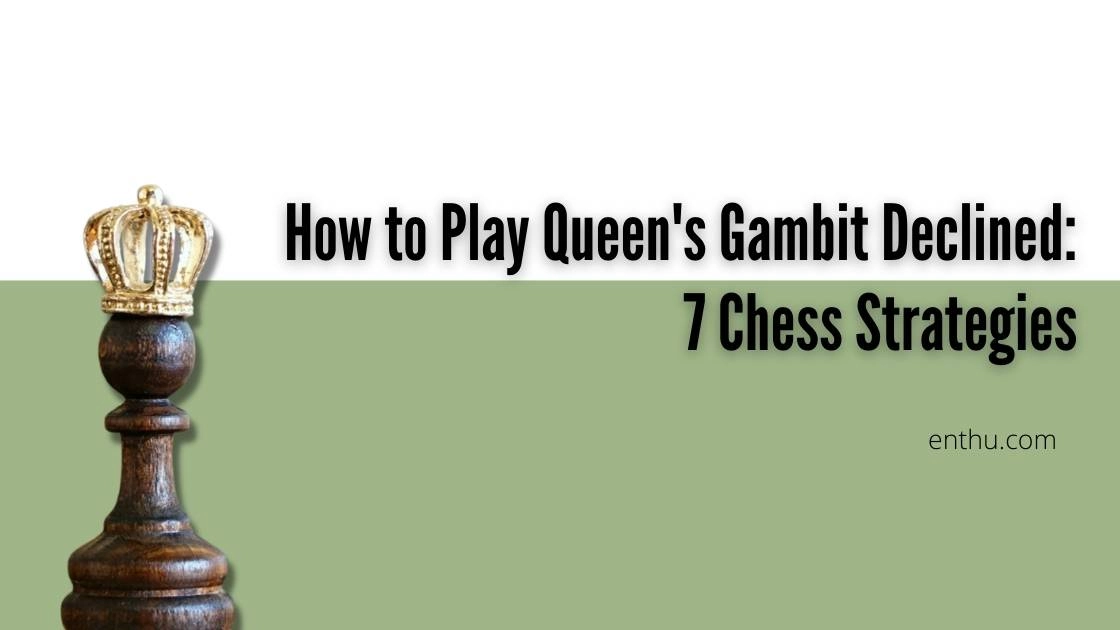
2. Use Your Pawn
Wisely François-André Danican Philidor said “Pawns are the soul of the game.”I suggest every beginner out there learn the power of the pawns. Because, as Philidor said, “...the way they (pawns) are deployed decides the fate of the game."
3. Concentrate on Your Pawn
Structure Pawns are the foot soldiers in the war on the board. You must build a fort using your pawn. Go through books. Study important games in the history of the chess game.
But for your own sake, you must learn how to structure your pawns. A good pawn structure will ensure your power over the center of the board. Take a look at The Sicilian – Boleslavsky Hole pawn structure.
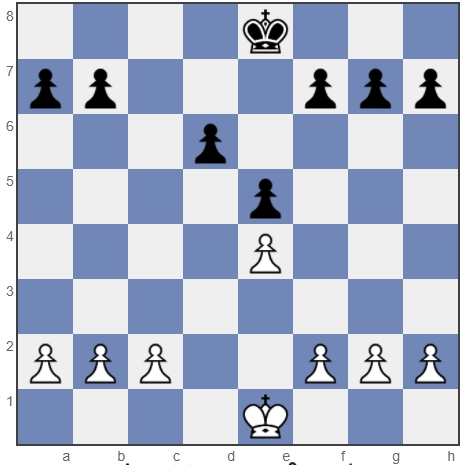
4. Avoid Isolated Pawns
Always consider the pawns like ants. A pawn is useful only when there are other pawns surrounding it. But if your opponent’s pieces find an isolated pawn, it’s as bad as a broken door to a guarded fort.
Your opponent might end up finding an unexpected road to your King through an isolated pawn.
5. Sacrifice Your Pawns
Wisely From King’s Gambit to Evan’s Gambit, several chess strategies require sacrificing a pawn. Therefore, I suggest that chess beginners and learners learn to wisely sacrifice their pawns. One wrong offering can end up jinxing the entire game.
6. Be Careful with Doubled Pawns
For beginners, sometimes, “doubled pawns” remains an alien idea. First, let me explain. Let us consider; you’re playing Black. So, when a Black pawn captures a White piece (diagonally, obviously) and ends up on the same file as its own kind. In case of White, take a look at the below picture. The pawns at c3 and c4 are Doubled Pawns.
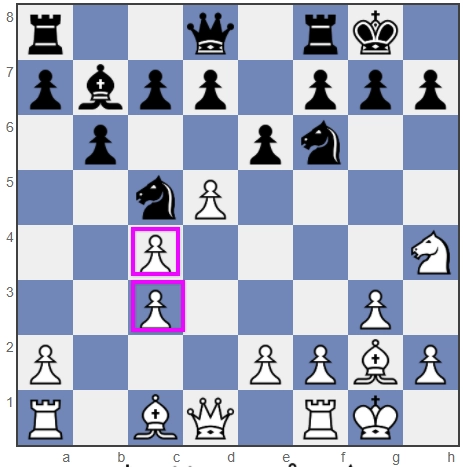
Generally, doubled pawns are considered disorientation in the center for the player because it opens up a space to attack your pieces. However, if you can use it wisely, it can also open up opportunities for your pieces to develop. You can use this trick while playing the Ruy Lopez Exchange Variation.
Check out EnthuZiastic Chess Classes for a personalized Chess learning experience.
7. Beware of Passed Pawns
In the case of passed pawns, all I want to say is that make sure your enemy doesn’t have one. On the contrary, if you have passed pawns, make sure they reach the eight-line.
What are Passed Pawns? Passed pawns are those that have walked past any kind of threat from enemy pawns or pieces. With little effort, a passed pawn can reach the 8th line and be promoted to a bishop, rook, knight, or even a queen.
However, it's a little tricky. On the one hand, you have protected passed pawns; on the other hand, you have an outside passed pawn. I suggest every beginner learns everything there’s about a passed pawn. They can prove either very useful or fatal to your game.
After all, as Aron Nimzowitsch said, “A passed pawn is a criminal which should be kept under lock and key. Mild measures, such as police surveillance, are not sufficient.”
8. Don’t Use Your Queen
Too Soon Now that I have exhausted you with pawn tips and tricks let me tell you something about using the queen correctly. Undoubtedly, a queen is the most powerful chess piece on the board. It can move in straight lines, as well as in diagonals.
I understand that it’s tempting to use the queen for beginners, especially to create mating opportunities on f7 or f2. Even though it’s tempting, I suggest otherwise.
Take your time to structure your pawns. Build your other pieces like knight and bishop. Concentrate on knight and bishop moves. Use well-studied chess opening instead of playing recklessly in the beginning. Don’t use the queen until it’s utterly necessary.
9. Free Your Rooks
Although it seems impossible to free your rooks during the initial stages, I think you must try to bring it out. A rook is a useful weapon. Besides moving in a straight line, it can also travel a long way. I recommend castling as soon as possible.
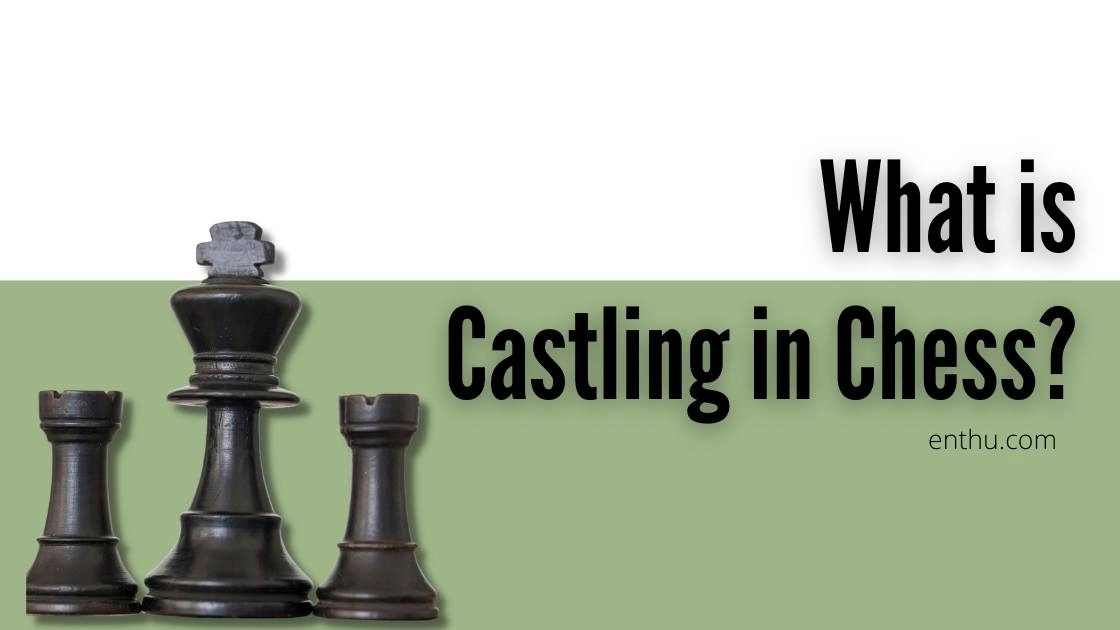
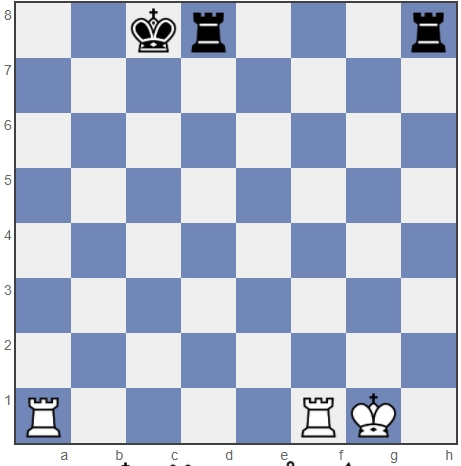
Castling- You can also try moving up your a-pawn (with a proper strategy) to free your rook into open files to move. Trust me; it can be surprisingly helpful. To know more about the power of rooks, read
10. Don’t Overuse a Single Piece
During the Opening I have often observed beginners (others and myself) sometimes overuse a single powerful piece during the opening of the game.
For instance, a player moved their queenside knight to c3 and, in the next move, played the same knight to a4, e4, or e2. That simply doesn’t make sense, right? Never do that. Try to move all the pieces one by one to develop them.
Check out EnthuZiastic Chess Classes for a personalized Chess learning experience.
11. Plan King Safety Beforehand
While other pieces have various functionalities and the King moves only one square, sometimes, we concentrate less on the King. But remember that your win depends only on the King’s safety.
Try to concentrate on pawn structure safeguarding the kind. Although, sometimes, an open center is also safe for the King. My advice is to keep the center open only when you’ve excellent control over the center.
12. Use Lesser-Known Strategies and Rules
Chess is one of the few games in the world that goes as far back as the 8th century in India when it was chatrang. Read the history of chess. Try to read old theories and strategies. Using a popular, well-known strategy is a good idea. But your opponent is more likely to study what you study, especially if it’s popular. Therefore, it’s good to study chess theories and implement lesser-known strategies. In the case of Rules, you can learn lesser-known ones, like Three-fold repetition, Promotion, Touch move, 20:40:40 chess rule, etc. It will not only surprise your opponent but make them nervous.
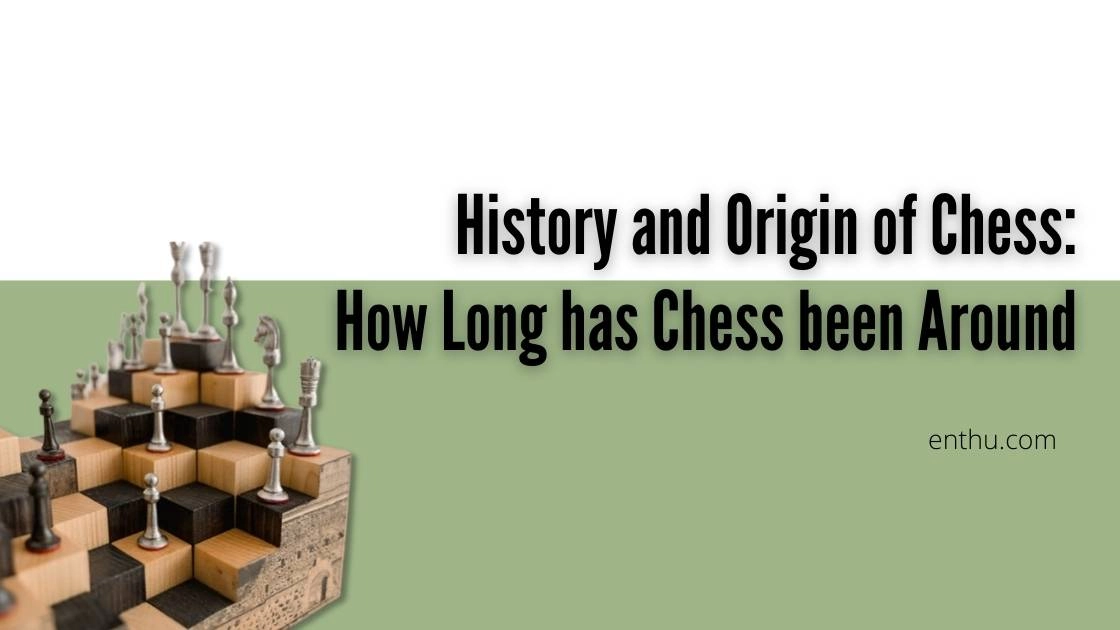
13. Attack in the Middlegame and Win the Endgame
When you have built the knights and bishops, you’re halfway into the middlegame. Once you’re confident about your pawn structure and pieces’ position, it’s time to attack. Middlegame should be all about attacking for beginners.
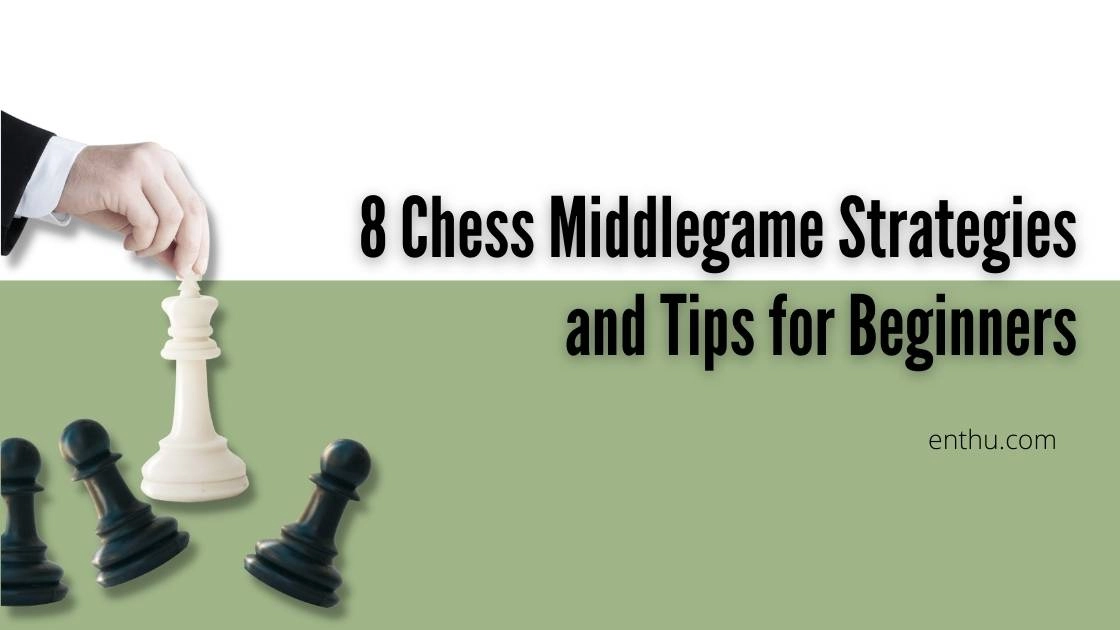
When you’re past the exchange scenarios (with enough pieces and pawns), begin with your endgame strategy. If you’ve any passed pawn near the eighth row at this pawn, you’re halfway to winning the game. Instead of hurrying for checkmate, scheme it with patient thinking.
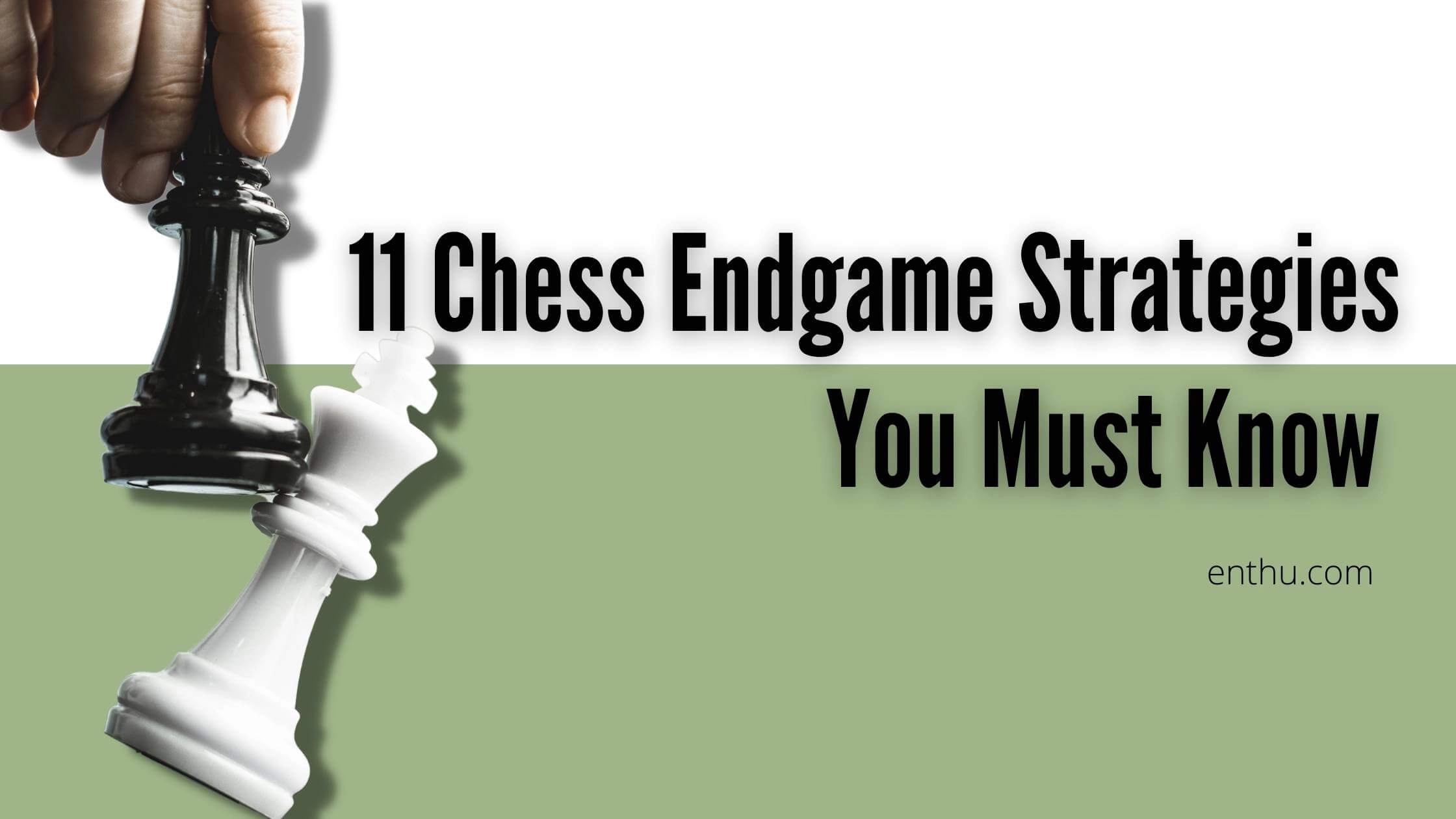
Attack the enemy king brutally. Remember what Nigel Short said about checkmate? “Modern chess is too much concerned with things like pawn structure. Forget it, checkmate ends the game.”


Conclusion
Learning the strategies and rules is good for a beginner. However, if you add up the secret tips and tricks on top of that, you’re gonna succeed sooner. Go through the above chess tips and tricks.
But don’t forget to practice. Practice a lot; play a good deal of chess matches with other amateur players, and don’t forget to practice chess puzzles.
If you have any personal tips and tricks that you follow, you can share them in the comment section. All the best for your chess endeavors.
FAQs
1. What is the best way to improve my chess skills?
Follow the following tips to improve your chess skills.
Practice chess games and chess puzzles.
Try to study basic chess openings and endgames.
Instead of memorizing the strategies, try to understand them by practicing repeatedly. Also, practicing online chess is another option to get better.
Also, practicing online chess is another option to get better.
2. How to bring a rook out in free files?
Try moving your a-pawn up using proper strategies to bring the rook in free files or semi-free files.
3. What is castling? Do you need both rooks to castle?
Castling is a chess move involving a king and a rook. It moves the King two squares towards a rook, then moves the rook to the square that the King crosses. No, you don’t need both rooks for castling; you need only one. However, you can pick either of the rooks for castling.
4. What is the 20 40 40 rule?
The 20:40:40 chess rule is to spend 20% of your game time opening the game, 40% of the time on playing the Middlegame strategy, and 40% time focusing on the Endgame.


Comments